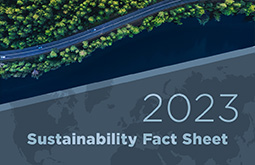-
Our Commitment To Sustainability
Partnerships & Organizations Clover Imaging Supports
Business Call for a UN treaty on plastic pollution Sustainable Purchasing Leadership Council
Sustainable Purchasing Leadership Council Association for the Advancement of Sustainability in Higher Education
Association for the Advancement of Sustainability in Higher Education
-
Latest news
About Us
- Blog SHOP







